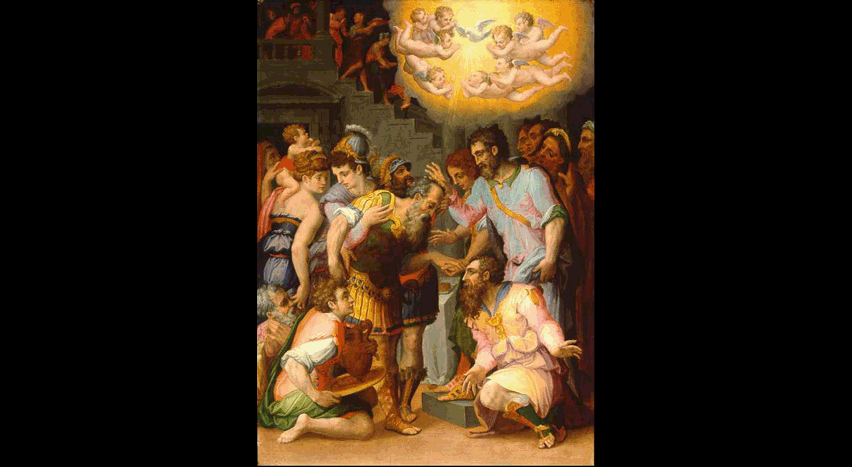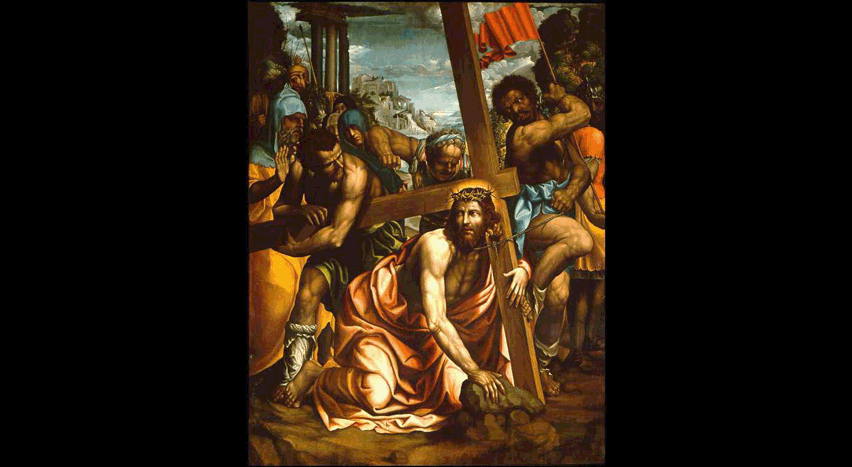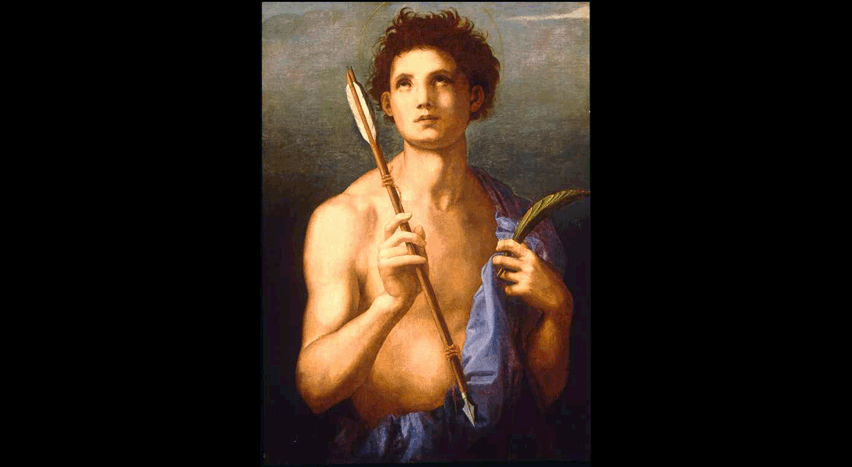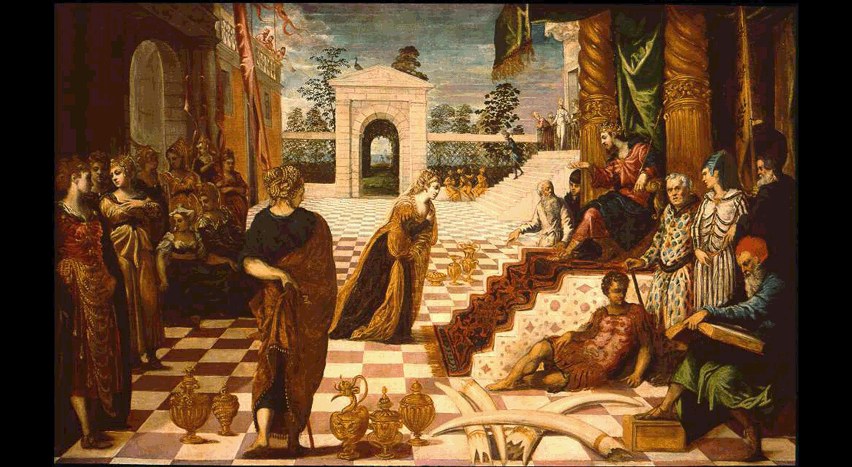Italian Mannerism
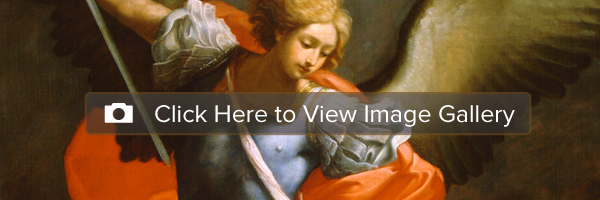
The refinement and lofty “perfection” of High Renaissance art caused painters of the next generation to seek new and unusual avenues for artistic expression. Mannerism can be considered alternatively as a break with the Renaissance as well as a variation of it. Mannerists often drew inspiration from such aspects of High Renaissance art as the interest in human anatomy and the representation of nature and space. However, the Mannerists pushed these concerns to the extreme, replacing High Renaissance clarity, harmony and naturalistic idealism with complex compositions, exaggerated proportions, sophisticated design and discordant colors. Instead of drawing from nature, the Mannerists’ teacher was art itself. The result was a period in which artists sought individual styles of interpretation that broke away and went beyond the conventions of previous art. The inventive and intellectual qualities of Mannerist art appealed to the erudite nobles of the Italian courts, who commissioned much of the art of this century. Painters and sculptors began to lose their craftsman label and were welcomed into the cultural court circle alongside the scholars, poets, and humanist philosophers.
